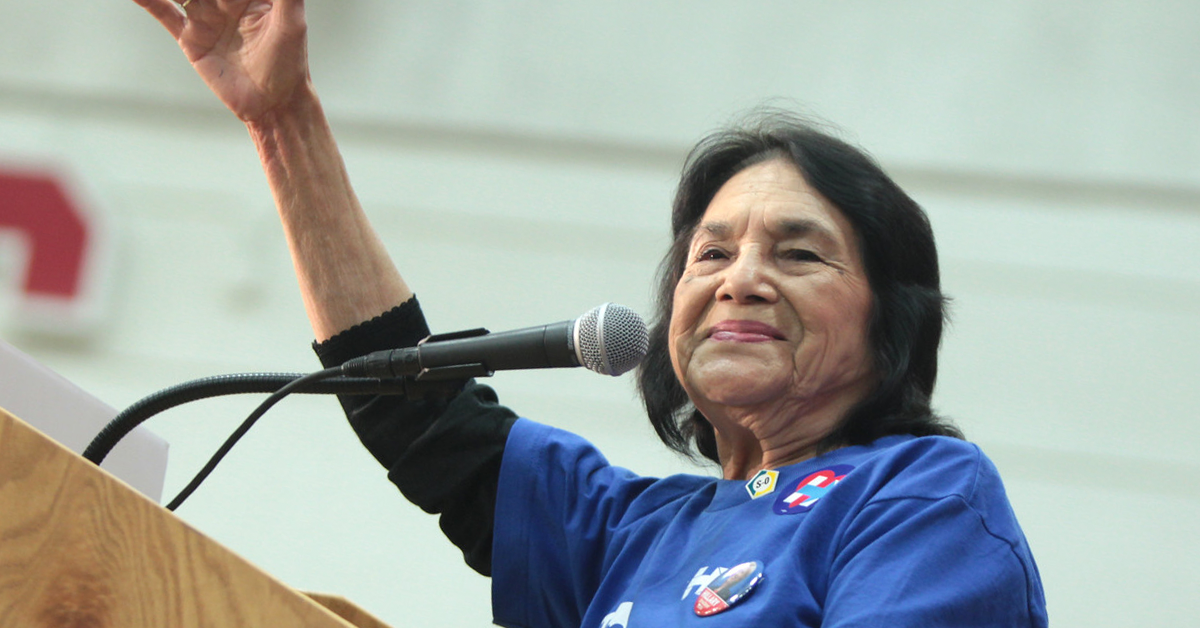Tommy Esqueda in early June celebrated his third anniversary as director of Fresno’s Department of Public Utilities.
What’s on Esqueda’s plate for year No. 4? Continue the good work on the huge Recharge Fresno project (initiated by Mayor Ashley Swearengin; to be finished by Mayor Lee Brand).
I find Public Utilities to be full of issues that don’t rise to the significance of, say, construction of a surface water treatment plant, but are fascinating and important nonetheless.
I give you three examples from a recent interview with Esqueda and City Hall Communications Director Mark Standriff.
1.) The City Council in early June received a written request for action from Public Utilities: “Staff recommends that the City Council reject all bids for the City of Fresno’s Southeast Surface Water Treatment Facility and Kings River Pipeline Security Installation Contract.”
I saw that item on the consent calendar and thought: What’s going on here?
The Southeast Surface Water Treatment plant and the Kings River pipeline are key parts of Recharge Fresno.
The $164 million treatment plant when finished (target date – September 2018) will be able to handle 54 million gallons of water per day. Ultimately, the plant’s capacity will grow to 80 million gallons per day.
All this water will come from the Kings River via a 13-mile pipe that’s 72 inches (6 feet) in diameter. Target date: March 2018. Cost: $47 million.
According to a staff report, three companies submitted bids to install security systems for the treatment plant and the pipeline. All three bids failed to meet all of the required specifications. That alone would have been enough to justify rejecting them. But all three bids also came in way too expensive. Staff figured the job would cost $775,000 at most. The three (poorly packaged) bids ranged from $981,100 to $1.4 million.
The council rejected all the bids. Public Utilities staff is going back to square one.
Esqueda gave me the backstory on the new era of security when it comes to something as seemingly mundane as water systems.
“It really came out of 9/11,” Esqueda told me. “After 9/11 and the concern with terrorism, the EPA (federal Environmental Protection Agency) said: ‘You know what they can get at pretty easy? Our water supply systems. They’re open. They’re exposed.’ So, the EPA put out million of dollars in the years after 9/11 doing what they call vulnerability assessments.”
Esqueda as a private-sector consultant back in the day did his share of these assessments.
The assessments, Esqueda said, “looked at computer systems for water systems. ‘Can the terrorists hack into the computers? Can they hack into the system and monkey with the chemical feed?’ The answer was yes. So, we had to figure out how to protect the network so people can’t get in and monkey with the flow pace and the chemical feed rates and all that. That was all part of the vulnerability assessment. We had to look at all of the raw water systems, the treatment plants. There was a hardening exercise. It was really about barriers. How can we slow people down getting on the plant and getting access to things they shouldn’t get access to? So, we took that approach here (in Fresno).
“If take the water system out, you take the city down.”
Needless to say, Fresno City Hall didn’t use the normal bidding process for something as confidential as a security plan for the water system.
“We didn’t want it so any bidder could pay $300, $400, buy a set of plans and say, ‘How are they going to protect the system?’ So, we did it separately,” Esqueda said. “All of the bidders had to sign non-disclosure agreements. But the challenge when you do that is you limit the bid pool, and the prices came back like they did.
“We’re going to look at another way to buy all those components and get them installed. You’ve got to protect that plant.”
And that pipeline.
2.) The City Council in early June also approved Public Utilities’ request to spend $166,428 to buy “emission offsets” from Olduvai Gorge LLC. The purchase of the offsets was required by the San Joaquin Valley Air Pollution Control District.
Again, I saw this on the consent calendar and thought: What’s going on here?
And, once again, Esqueda gave me the backstory.
The city’s wastewater treatment plant (the proverbial “sewer farm”) west of town is, in my opinion, the unsung hero of Recharge Fresno. Flood or drought, we’ve got to flush the toilet. The wastewater treatment plant every year produces tens of thousands of acre feet of reclaimed water. Making the best use of this highly treated water has been a challenge. The purple pipe system now under construction will fix that challenge. The day could come when Fresno is annually using 25,000 acre feet of reclaimed water for tasks such as irrigation of public green space – and doing so safely.
Public Utilities’ request to buy emissions offsets didn’t directly tie into the purple pipe system. But the request did shine a light on the complexity of the wastewater treatment plant’s operations. And anything impacting plant operations impacts the purple pipe system, which in turn impacts Recharge Fresno.
Here’s what happened, according to the staff report:
The sewer farm gets sewage 24/7. A considerable portion of the sewage is “organic solids.” We all know the nature of “organic solids.” The treatment of sewage creates biogas.
The biogas is a source of energy to power various aspects of sewer farm operations, in particular turbines and the boiler. Any biogas not used to power the turbines and the boiler is burned through an on-site flare.
“Failures associated with the 38-year-old gas turbines have resulted in the (plant) being unable to safely dispose of the gas being produced,” the staff report stated.
Bottom line: This breakdown in the system resulted in biogas (a pollutant) going into the Valley’s air. Public Utilities had to purchase 6.7 tons of NOx Emission Offsets to stay within the rules of the Air Pollution Control District.
Public Utilities self-reported the problem to the state.
What we’re dealing with, Esqueda told me, is “the whole concept of reliability and redundancy: ‘If this goes out, what’s my plan B so I can keep providing service?’ One of the things that was anticipated – I would say incorrectly – was that we were always going to be able to fully combust all of our methane gas.”
At this point, Esqueda backed up a bit.
“I love wastewater plants, because a wastewater plant is just like a person,” Esqueda said. “It takes in this ‘food,’ like we take in food, and it produces three things. It produces a liquid stream, it produces a solid stream and it produces gas. That’s what people do. That’s what a (wastewater treatment) plant does.”
Fresno’s wastewater treatment plant does an excellent job of treating the liquid and reducing the solids to a safe and reliable product for recycling, Esqueda said.
“The gas is where we’ve always seemed to have trouble having enough capacity – enough facilities to process it,” Esqueda said.
The gas, as already noted, is consumed in three places – the turbines, the steam boiler and, as the last-ditch remedy, the flare.
The turbines, it turns out, break down rather often because they’re old and Fresno bought them used.
Then there’s the nature of the gas itself. Digester gas, Esqueda said, “is a very aggressive gas…. The methane is 55%, and you’ve got 45% of other stuff that just loves to get into an engine – combustion equipment – and just tear it up.”
There’s a limit to how much gas the boiler needs – Fresno doesn’t get all that cold in the winter and the sun gives us a helping hand when it comes to producing heat in the summer.
You get the picture. In late 2016 and early 2017, the turbines went down and the boiler didn’t need all that much gas. Sewer farm officials turned to their flare.
“Our flare is undersized,” Esqueda said.
But the organic solids kept coming.
“So, we had to report, ‘Hey, we’re not fully combusting our gas,’” Esqueda said.
According to the staff report, sewer farm officials are busy fixing things. For starters, they’re going to build a larger capacity permanent flare. Esqueda said Public Utilities also plans to ask the council to buy another $600,000 of emission offsets, just in case.
“We need to have those credits available so when the boiler goes out or the next system we have goes out, we’re in good shape,” Esqueda said.
3.) Finally, I suggested to Esqueda at the end of our interview that perhaps the city’s volunteer Capital Projects Oversight Board should be disbanded.
As I’ve written for CVObserver, the board has had trouble getting a quorum at its meetings. The board’s mission is to publicly review change order requests on the city’s biggest construction projects.
My thinking: Why have an oversight board if board members don’t bother showing up for meetings? Besides, I figure city officials are fully capable of effectively negotiating with contractors behind closed doors.
Esqueda gave me a lesson in how the real world works.
Esqueda said the board and its very public mission give city officials valuable leverage when a contractor says he needs more money to do something on a project.
Contractors in such situations are inclined behind closed doors to put a lot of pressure on city officials. Thanks to the presence of the Oversight Board, Esqueda said, city officials can essentially say: Not so fast. We’d better make sure we cross all the T’s and dot all the I’s. After all, this change order is going to the Oversight Board.
CVObserver is usually at those meetings.
It’s amazing how sunlight can help protect the taxpayer’s dime.
So, I’ve changed my mind after talking to Tommy Esqueda. Save the Capital Projects Oversight Board.
But, please, board members – do you duty. Show up.
Photo: The Fresno Bee









